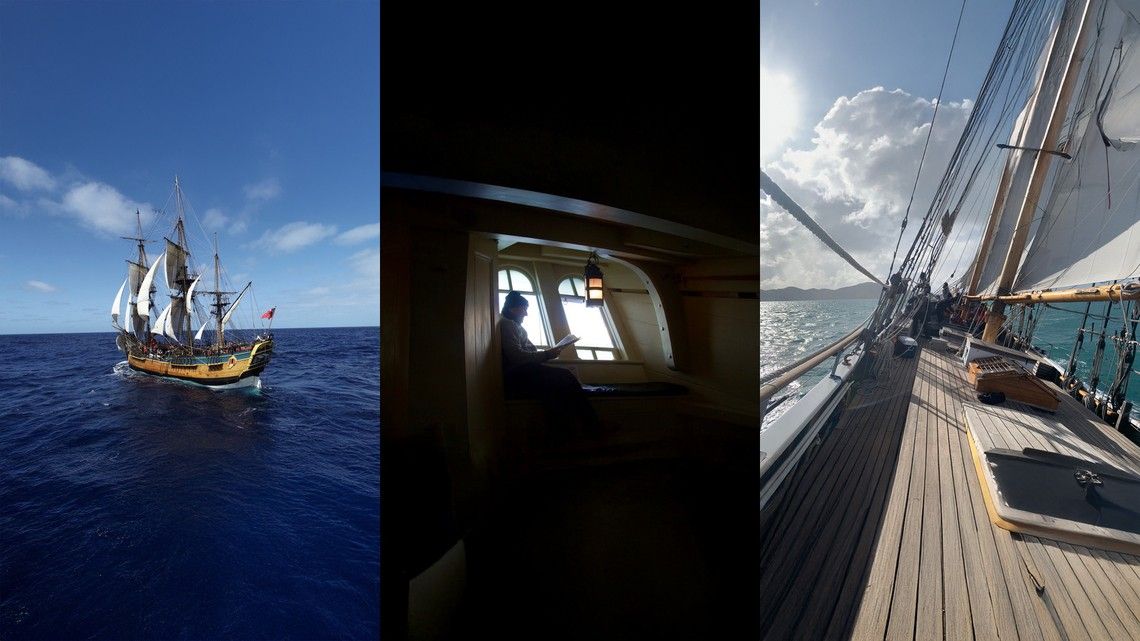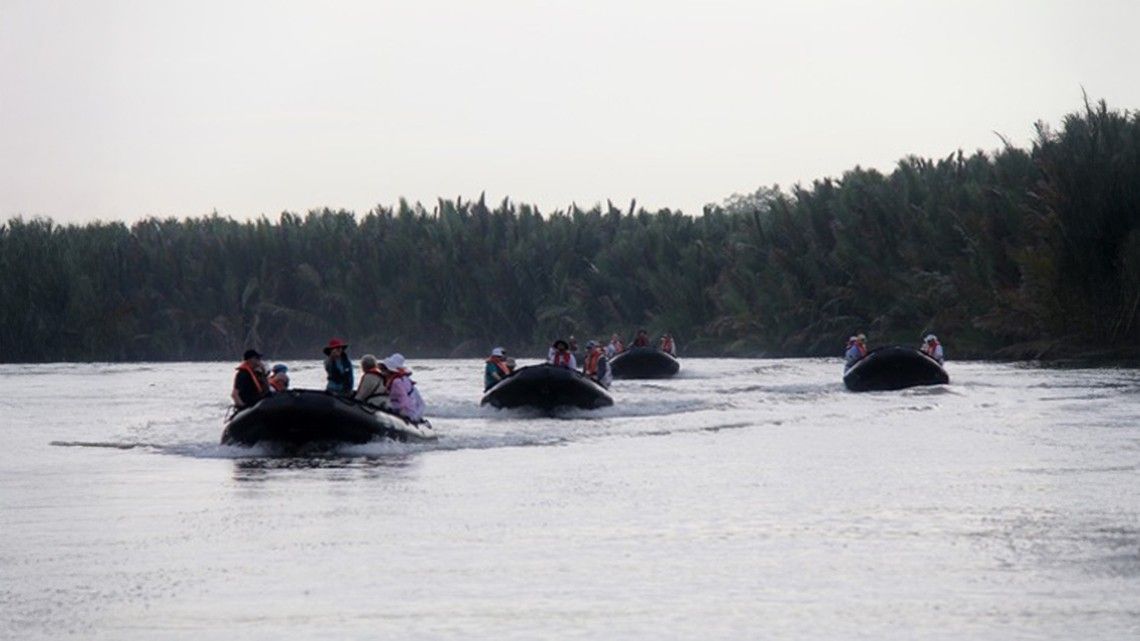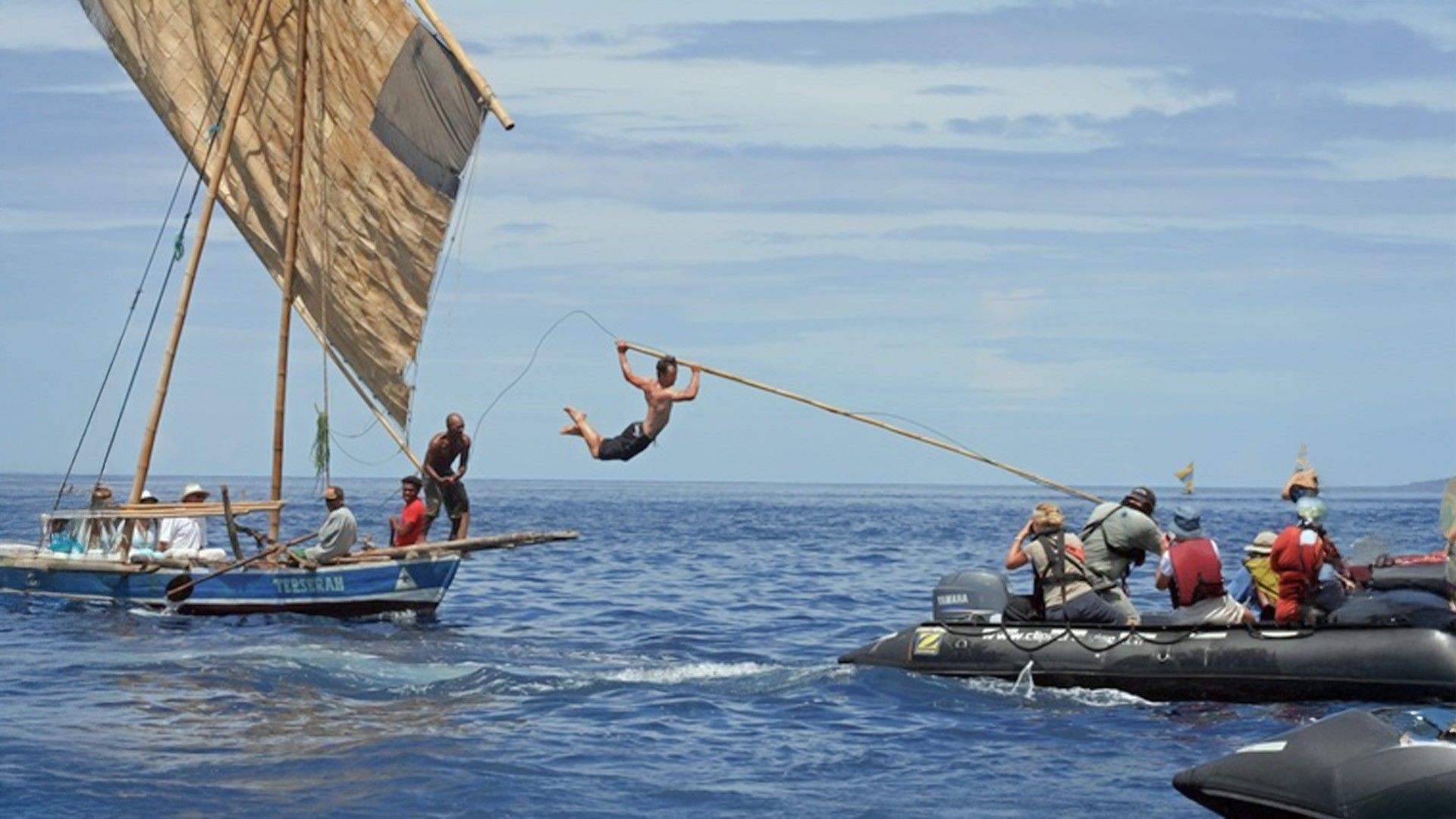Captain Frank Allica’s life charts a course across the world’s oceans. From his teenage years patrolling Southeast Asian waters with the Royal Australian Navy to commanding expedition vessels across Antarctica and the Pacific, his stories span half a century. Few people have lived the sea as deeply; from naval service in Vietnam to sailing the Endeavour replica, Frank’s experiences have shaped a career defined by discovery, curiosity and exploration. A lifetime under open skies, Frank now joins Swan Hellenic as a guest lecturer, reflecting on the journeys that continue to inspire him.
"When I realized someone would actually pay me to be on the water, the choice of going to sea was almost a foregone conclusion."
Hi Frank! What first inspired you to go to sea and begin such a remarkable maritime career?
Frank: As a child, my family spent the entire summer holidays camping by the sea every year for nearly two months. We always had boats, sailboats and all the accoutrements and spent most of our time on the water. When I realized that someone would actually pay me to be on the water, the choice of going to sea was almost a foregone conclusion. It’s a decision I have never regretted.
How did your naval experiences during the Indonesian Confrontation and Vietnam shape your perspective on leadership and life at sea?
Frank: They were very early days. I was just 18 when I flew to Singapore to join the minesweeper HMAS Teal, which was patrolling the waters of the newly created country of Malaysia. It was a steep learning curve, but a lot of fun, as several of my navy course mates were also serving in the vessels up there. Ashore, we got into the normal troubles of late adolescent youth.
Vietnam was a little different. I was 22 and a newly promoted lieutenant, mainly employed as a watchkeeping deck officer on the bridge of the ship. We spent 30 days on the "gunline" (a naval position off the Vietnamese coast where ships provided continuous artillery support for ground troops), then went back to Subic Bay in the Philippines for five days to maintain and store the ship before returning to the line. Despite its sophistication, the ship was used as a mobile bombardment platform. We fired 17,000 rounds in that six-month period. At the time it seemed we were doing the right thing. Now we know better. What was essentially the Vietnamese wanting to shake off the shackles of colonialism, we were told was the advance of communism. What did I learn? Don’t blindly follow the Yanks into a war.

What first drew you to the world of expedition cruising and eventually to Swan Hellenic?
Frank: When I eventually left the Royal Australian Navy after 28 years, I spent four years in the commercial world as the marketing manager of a communications and electronics company. Unfortunately, the company went into receivership, and I cast around for an alternative. A friend rang me from Indonesia and asked if I’d like to be the staff captain of the Bali Sea Dancer, a small vessel cruising twice weekly from Bali to Komodo Island. I resigned the next day and was in Bali within a week.
The company expanded, purchased another ship, some officers resigned, and within a year I was the senior master. Twenty years later I retired, having worked as captain with several companies engaged in expedition cruising. It had been a wonderful, eventful career that took me all over the world to unique destinations and brought me into contact with officers, crew and expedition staff from all backgrounds – a magical journey.
A storyteller at sea
You’ve sailed through some of the most remote parts of the world – is there one destination that never fails to take your breath away?
Frank: Antarctica has to be my answer. On a sunny, still day it literally takes your breath away. But there are many wonderful places – Alaska, and in particular Indonesia, are favorites of mine.
What’s your secret to keeping an audience engaged during your lectures?
Frank: I guess I will have to learn, as this is my first experience as a guest lecturer. As captain I spoke to passengers many times and kept it short, pithy and with a little humor. I think brevity and humor go a long way in maintaining the attention of an audience. Being the captain brings a certain automatic attention, though it’s easy to lose them. Perhaps that’s where brevity comes in.
Which voyage still feels like the adventure of a lifetime?
Frank: Probably my four-month voyage from England to Australia in 1987 aboard the Young Endeavour, following the traditional sailing route. But cruising in Antarctica, Alaska, across the South Pacific island chains, and through the beautiful archipelagic waters of Indonesia all feel like voyages of a lifetime too.
As someone who’s witnessed the evolution of seafaring over decades, what changes in technology or culture have amazed you most?
Frank: I’ve been very much involved in sailing square-rigged vessels. In 1987 Britain presented Australia with the Young Endeavour, a sail training ship gifted to the nation’s youth to commemorate the Bicentenary of British settlement. I was selected as chief officer for the delivery voyage from England to Australia and later became the first Australian commanding officer after her handover by the Prince of Wales in Sydney.
That role brought me into the commercial side of shipping, as well as into the world of sail training and this fascinating, historic form of seamanship. In 2019 I was engaged as master of the Endeavour replica, a faithful recreation of Captain Cook’s ship, and sailed her to New Zealand for Tuia 250 – the commemoration of Cook’s arrival in 1769 and his first encounters with Māori. The Endeavour is sailed exactly as she was in Cook’s day. Comparing that to modern vessels and navigation is remarkable.

Pacific memories and meaning
When you picture sailing through Raja Ampat’s limestone karsts and turquoise lagoons, what do you hope guests take away?
Frank: Raja Ampat’s beauty, its extraordinary diversity of corals and fish life, and its pristine waters are second to none. I hope our guests take away a sense of contentment from having explored one of the world’s most beautiful marine regions. We want to share the islands’ beauty, their uniqueness, and the incredible variety of life here – more species than anywhere else on the planet. For me, being surrounded by such raw natural beauty always leaves me feeling privileged.
When exploring places like Rabaul or Kennedy Island, how do you connect guests to the powerful WWII history of the region?
Frank: Kennedy Island is a story that resonates with everyone. Most will have heard of President John F. Kennedy, but few know the details of his wartime service. He commanded a patrol boat in WWII that was run down by a Japanese destroyer, resulting in the loss of crew members. Kennedy’s heroism in swimming from the island, joining with local Indigenous people, and eventually bringing another patrol boat to rescue his crew is truly remarkable – heartfelt stuff.
Rabaul is fascinating for its WWII history – it was the largest Japanese base in the South Pacific – and equally because it’s built inside the caldera of an active volcano that has twice erupted in living memory and destroyed the city.
What do you find most moving about visiting the Sepik River villages, where ancient customs are still alive today?
Frank: What moves me the most is the people. The PNG communities are still living much as their ancestors did for millennia. They’re beautiful people – not in appearance, but in their souls. Take the time to engage with them and you’ll hear their stories.
The Sepik also brings back memories of a voyage I made in 1969 as a young sub-lieutenant aboard a patrol boat bound for Ambunti. It was the furthest any Royal Australian Navy vessel had ever travelled – around 230 nautical miles inland and 180 feet above sea level.

Learning from the journey
The landscapes in Papua New Guinea range from active volcanoes to coral-filled bays – which parts resonate most with you?
Frank: Both resonate with me. I love the coral atolls – on expedition ships I’ve scuba-dived in many of these remote, pristine locations and was seldom disappointed. Yet it’s impossible not to be impressed by the power and majesty of the volcanoes that form many of these islands and are the genesis of their creation.
How do you describe the sense of discovery guests feel when meeting local communities for the first time?
Frank: Experienced travelers will already have some understanding of meeting and interacting with Indigenous people. For those less familiar, I recommend being gentle – start a conversation if you can, and always ask permission before taking photos, even if it’s just through sign language. That kind of interaction brings a real sense of discovery and, hopefully, a rewarding experience.
When you step up to speak on board, what do you hope guests take away from your lectures and your stories?
Frank: I hope they will gain some knowledge of the region, its people, its recent history, what happened here in WWII, and the diversity of nature. The most important thing for me is that they enjoy my lectures, that they enhance their voyage and contribute to their overall enjoyment of the cruise through this very special part of the world.
